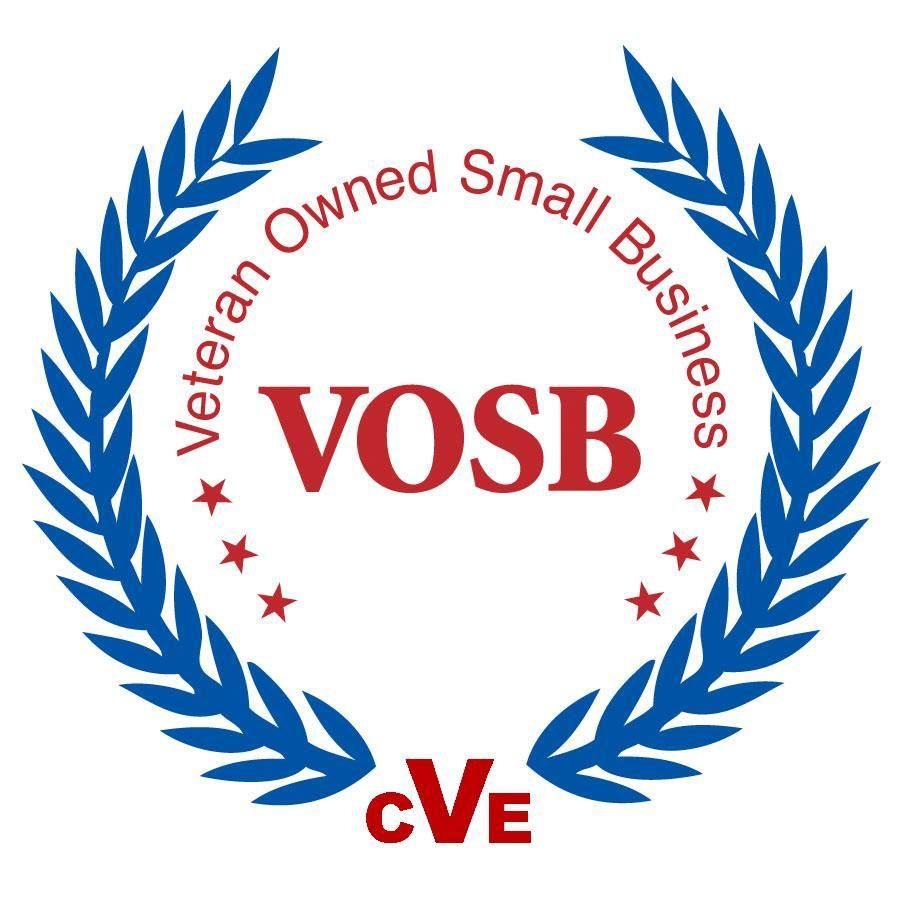Hydroseeding and Fertilization
Free Estimates
Veteran Discounts
Recycled Wood Materials
Hours:
Request Call Back
Request Call Back
Thank you for contacting us.
We will get back to you as soon as possible
Please try again later
Our Typical Hydroseeding Watering Schedule
There are many benefits to hydroseeding. It uses a slurry of seed and mulch to plant a lawn quickly and efficiently. It can restore a damaged lawn, create a new lawn after construction, or be used to control land erosion.
With over 40 years in business, locally, family, and veteran owned Hydroseeding & Bark Blowers will show you the best way to maintain your lawn. Contact us for a veteran discount.
A typical watering schedule to maintain optimum moisture includes:
- Week 1–6
- 2 - 3 light waterings per day, depending on weather
- Week 7–10
- 1 heavy watering per day
- Week 10+
- 1 watering per week or as needed based on temperatures. 1" of water per week is sufficient
Fertilization Process and Calendar
Your new hydroseeded lawn will not usually need fertilizer for 6 weeks. We recommend you buy for the season which you are fertilizing for: spring fertilizer, summer turf builders, or fall.
- Guarantee lawns with pre-germination: April 1st – October 10th
- Guarantee lawns with no pre-germination: April 15th – September 30th
- Guarantee erosion: April 1st – October 15th
- Erosion: April 1st – October 15th
Ask about our popular hydroseeding lawn mixes and custom mixes.
Ryan and Todd did a great job for us. They were polite, and professional, and provided us with added information regarding hydro seed care. We highly recommend their service.
- Laurie Campbell
Learn More About
Hydroseeding & Bark Blowers
Serving the Puget Sound, WA area, Hydroseeding & Bark Blowers specializes in hydroseeding, landscaping, bark blowing, and rock slinging. Free estimates. Veteran discounts. Utilizing both virgin and recycled wood materials. Call us.
address
serving Area
Puget Sound, WA
and surrounding areas
Business Hours
- Mon - Fri
- -
- Sat - Sun
- Closed
Summer Hours 6:00 am - 5:00 pm



Share On: